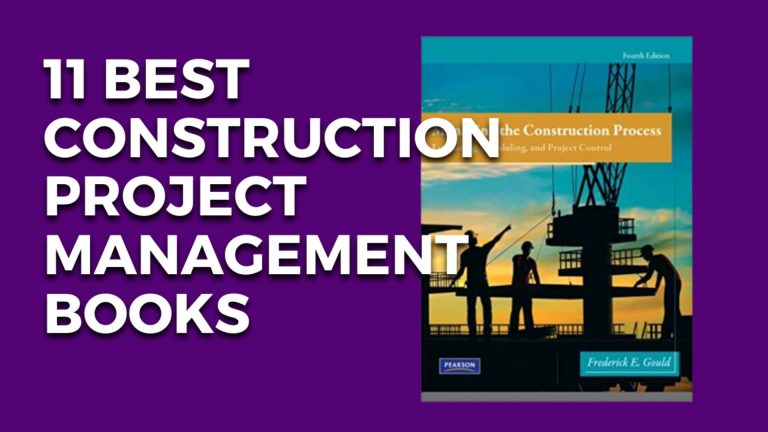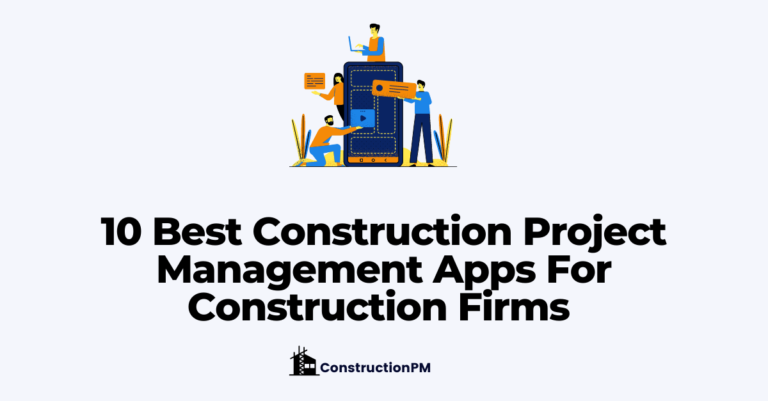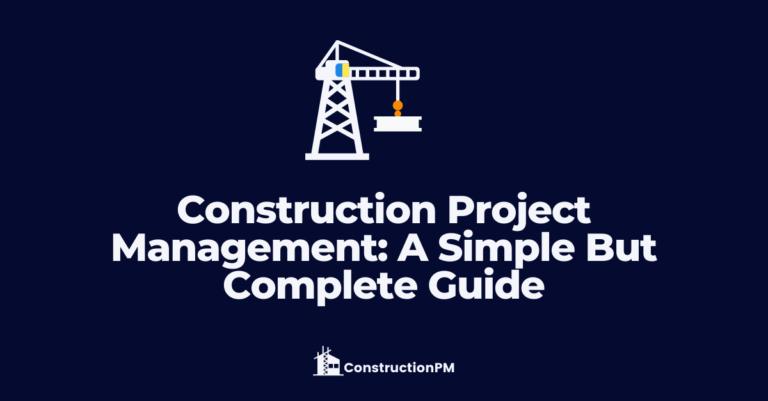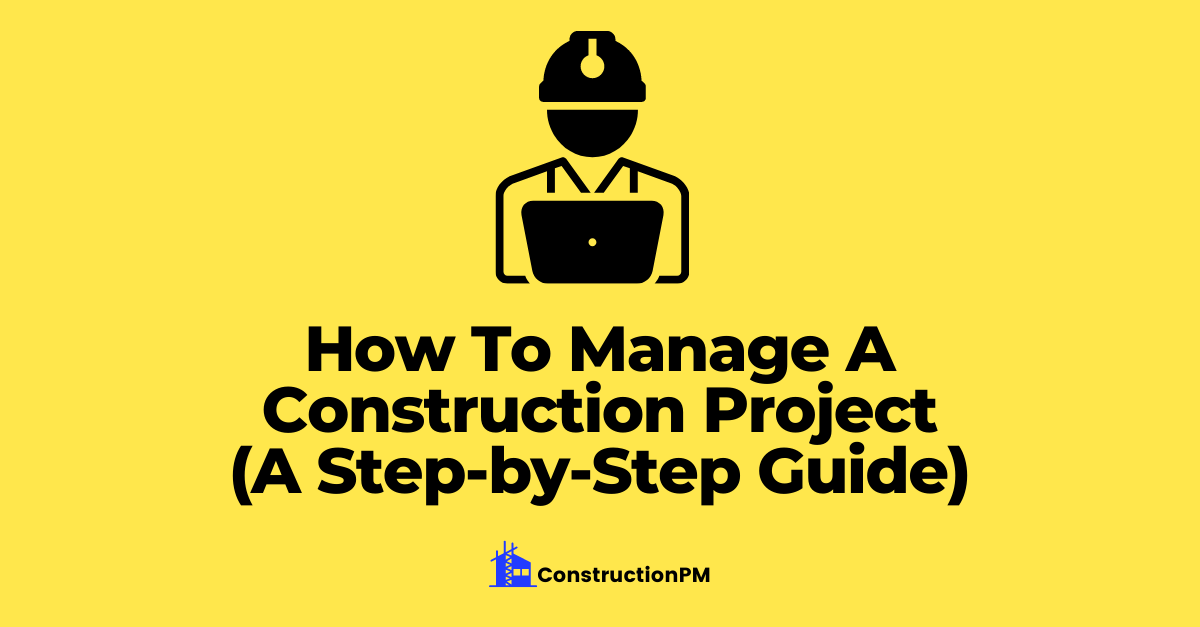
Are you looking for a guide on how to manage construction projects step by step? then you are at the right place.
We’ll walk you through everything from start to finish so that your project goes as smoothly as possible.
Please keep reading for our tips on managing a construction project like a pro!
Table of Contents
Here are the steps to manage your construction project :
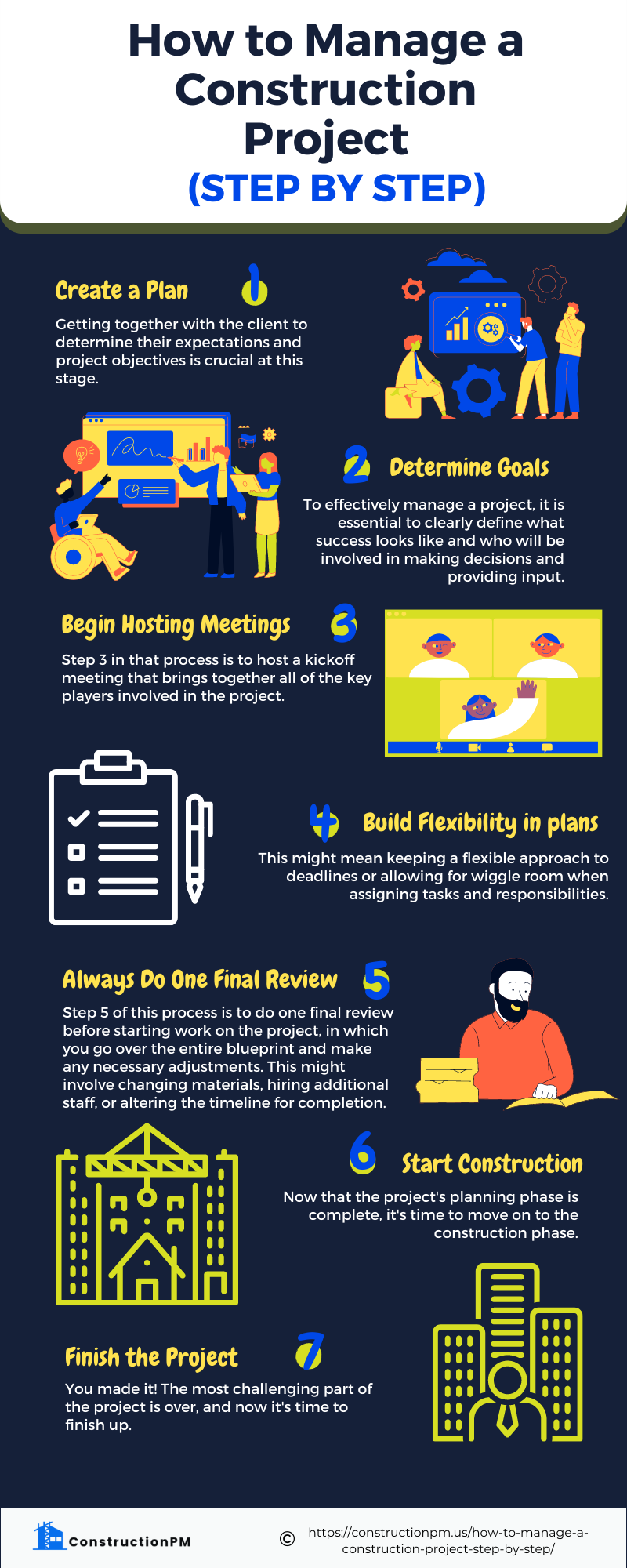
Step 1: Create a Plan
A construction manager is responsible for more than just overseeing the construction process. They are also responsible for figuring out all the tasks needed to complete a project, including:
- project feasibility,
- the time frame for each step of the project,
- how the project finances will be spent,
- the inclusion of all necessary safety protocols,
- how the team will monitor quality assurance throughout the process,
- key performance metrics and how they’ll be observed along the way,
- and how stakeholders, management, and teams will communicate during the project.
Getting together with the client to determine their expectations and project objectives is crucial at this stage. Once that meeting is completed, the construction manager can develop a more detailed plan with a clear timeline and budget.
They will also need to decide on the best methods and materials to use to meet the objectives set forth by the client. They communicate regularly with all parties involved in the project.
Monitoring progress and making changes as needed are also essential to keep the project on track.
By taking on all of these responsibilities, a construction manager ensures that a project runs smoothly from start to finish.
Step 2: Determine Goals
In any construction project, step 2 is to determine goals and identify key stakeholders. To effectively manage a project, it is essential to clearly define what success looks like and who will be involved in making decisions and providing input.
This requires evaluating the project’s scope, including physical and time-based requirements, and determining which aspects fall under management control and require stakeholder approval.
Once these details have been determined, it is essential to communicate them effectively to all relevant parties so that everyone has a clear understanding of their role in the project.
By focusing on setting clear goals and maintaining effective communication throughout the project’s life cycle, it is possible to avoid costly delays and setbacks from unnecessary scope creep or overlapping responsibilities.
Step 3: Begin Hosting a Meeting
Getting ready for a major construction project requires careful planning and coordination. Step 3 in that process is to host a kickoff meeting that brings together all of the key players involved in the project.
During this meeting, you will need to thoroughly review your plan and delegate any remaining tasks or subgroups to ensure that everything is completed on time and up to specification.
Additionally, it is essential to answer any questions from your team members early on to avoid any last-minute conflicts or issues down the line.
You can give yourself the best possible chance of success on your upcoming construction project by holding a well-planned and structured kickoff meeting.
Step 4: Build a Wiggle Room or Flexibility in Plans
When embarking on any construction project, it is essential to have a clear plan. Setting expectations and outlining requirements upfront will help ensure that the project is completed efficiently and according to schedule.
However, there will inevitably be unexpected hiccups during any construction endeavor along the way.
Whether it’s an unforeseen change in material costs or a shift in design specifications, having a well-defined strategy for addressing these setbacks can help you see your project through to completion with minimal disruption.
At step 4 of the construction process, it is critical to build flexibility into your plans. This might mean keeping a flexible approach to deadlines or allowing for wiggle room when assigning tasks and responsibilities.
It might also mean opting for forgiving materials for minor deviations from spec or working with a team of subcontractors who are easily adaptable and responsive to change.
Ultimately, by proactively allowing for flexibility, you can reduce stress and keep your focus on finally reaching your goals instead of getting derailed by challenges as they arise.
And in the end, this will help make your construction project successful and thriving on your terms.
Step 5: Always Do One Final Review
Any construction project inevitably involves risk, whether with unexpected weather conditions, unknown structural issues, or other unforeseen obstacles.
To manage these risks and reduce the potential for negative setbacks, it is essential to have a clear plan outlining how you will deal with changes.
Step 5 of this process is to do one final review before starting work on the project, in which you go over the entire blueprint and make any necessary adjustments.
This might involve changing materials, hiring additional staff, or altering the timeline for completion.
By staying flexible and being proactive about change, teams can turn challenges into opportunities and ensure that even the most seemingly challenging projects are completed successfully.
So if you’re planning a construction project, don’t panic when things go off track – just follow these simple steps and embrace every twist and turn!
Step 6: Start Construction
Now that the project’s planning phase is complete, it’s time to move on to the construction phase. As the project manager, it will be your responsibility to oversee every step of this process and lead your team in executing each of these steps by the original plan.
You will need to pay close attention to any performance metrics that have been established and delegate tasks as they arise so that nothing is left unattended.
Ultimately, your goal will be to ensure that the project is completed on time and within budget and that all of your team’s hard work results in a successful outcome.
So stay focused, and organized, and remember that success depends on strong leadership at every process stage.
Step 7: Finish the Project
You made it! The most challenging part of the project is over, and now it’s time to finish up.
First, you’ll want to debrief with clients, construction teams, and management personnel to go over the project’s success, how any setbacks were handled, and how to improve the process in the future.
This is also a good time to finalize project documentation, close out contracts, and review other project control processes implemented during construction.
By taking care of these loose ends, you’ll be able to ensure that the project is truly complete and that everyone is satisfied with the result. Congratulations on a job well done!
Best 3 Tips to Manage Construction Projects like a pro
Tip 1: Manage & Track Resources carefully

In construction, having the right resources at the right time is crucial for completing a project on time and within budget. Without proper resource management, projects can quickly descend into confusion and chaos.
This is why it is vital to have effective tools for tracking resources like personnel and materials.
One effective way to manage construction resources more effectively is to utilize specialized software specifically designed for the unique needs of the construction sector.
With resource tracking software, you can easily manage your team’s availability, keep track of job assignments, monitor individual tools and materials usage, and more. And with multiple projects going on at once, this type of software can be essential for ensuring that everything runs smoothly.
So if you are looking to improve your organization’s efficiency and avoid unnecessary headaches, consider implementing this construction resource management tip today.
With the right tools and careful management of your project’s resources, you can stay on top of things no matter how challenging things get out in the field!
Recommended Reading:
Simple tools for progress monitoring in construction projects
Tip 2: Try to Collaborate & Delegate more
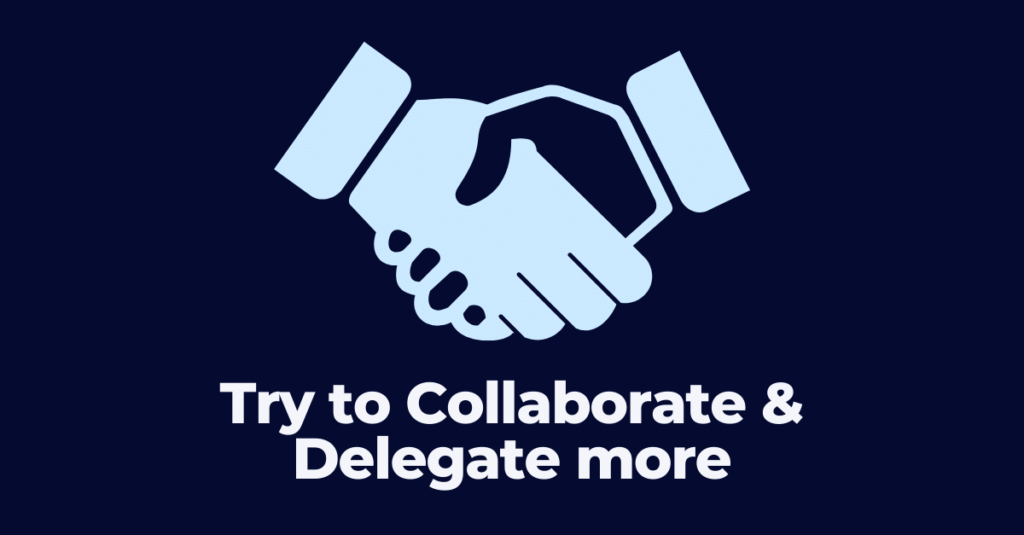
Collaboration and delegation are critical to the success of any construction project. Construction projects involve an incredible number of moving parts and pieces, making it difficult for anyone to keep track of everything.
It is essential to collaborate and delegate effectively to ensure that workers do not become overwhelmed by seemingly small mistakes due to a lack of focus on too many areas at once.
One way to facilitate effective collaboration and delegation is to assign tasks according to individual strengths and weaknesses. For instance, one team member might better understand code requirements or zoning regulations than others.
In contrast, another has excellent analytical skills to help troubleshoot issues as they arise. By pairing people up based on their unique abilities, it became easier for everyone involved in the project to feel confident in their contributions and focused on getting things done efficiently.
Another important strategy for effective collaboration and delegation is open communication and clear task assignments.
Team members should be regularly updated about the status of each project, including new goals and timelines so that everyone understands what needs to be done and when.
Additionally, everyone must know who is responsible for each task for accountability to be established.
Tip 3: Don’t Blame field workers unnecessarily
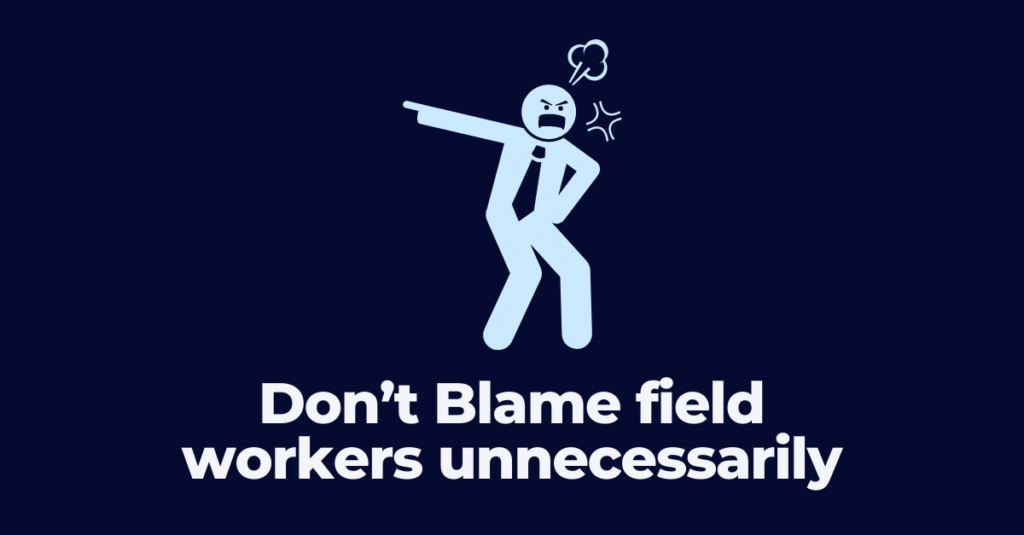
A common mistake in any industry is to blame errors solely on field workers rather than acknowledging management’s failure to implement proper procedures.
In construction, this often manifests itself in expensive mistakes that could have easily been avoided with better planning.
For example, if a field worker cuts a piece of rebar too short, it can throw off the entire assembly process and cause delays. While it’s essential to address this error, it’s also important to remember that the field worker is not the only one at fault.
If the project manager had properly communicated the job specifications, the error would not have occurred in the first place.
Therefore, when looking at how to manage a construction project most effectively, you need to acknowledge that repetitive errors can’t always be addressed solely by the people doing more granular work.
Bonus Tip 4: Develop Leadership skills

A good leader is someone who can not only provide guidance and direction but also inspire and motivate those around them. However, becoming a leader is not something that happens overnight.
It takes time and effort to develop the necessary skills. Fortunately, there are several ways to gain leadership experience, and one of the most effective is to take on additional responsibilities at work.
This could involve taking on a new project or mentoring a less experienced colleague. Another great way to develop leadership skills is to get involved in extracurricular activities.
Whether it’s coaching a sports team or leading a Scout troop, these activities provide an excellent opportunity to hone one’s leadership skills.
Finally, another great way to gain leadership experience is simply reading about and learning from some of the great leaders throughout history.
While it may not be possible to emulate their successes, studying their methods can nonetheless help develop one’s leadership abilities. By developing leadership skills, you can set yourself up for success both professionally and personally.
Recommended Reading
Construction Project Management Checklist: This will Help you Stay Organized & Manage Project Step by step
Best Construction Project Management Software: Choose the Best Software to automate your work & save time
Best Laptops For Construction Managers
Best Tablets For Construction
Best Books For Construction Managers
Construction Project Management Checklist
Best Laptops For Civil Engineers
Best Hammer Drills
Best Drone For Construction
Best Tablets For Construction
Best Heated Jacket For Construction
Final Thoughts :
Congratulations on reading our blog about “How to manage a construction project step by step”. We know this was a lot of information, but you are now armed with all the steps you need to successfully manage your next construction project.
Remember to keep track of everything in your project management tool and stay organized–that’s the key to a smooth and stress-free build.
And if you ever get stuck, don’t hesitate to reach out for help. The construction community is tight-knit, and we’re always happy to lend a hand (or an ear). Thanks for reading, and happy building!
Manage Construction Projects 10X Faster
Use the ConstructionPM Google Drive-based app to automate all of your project management tasks



